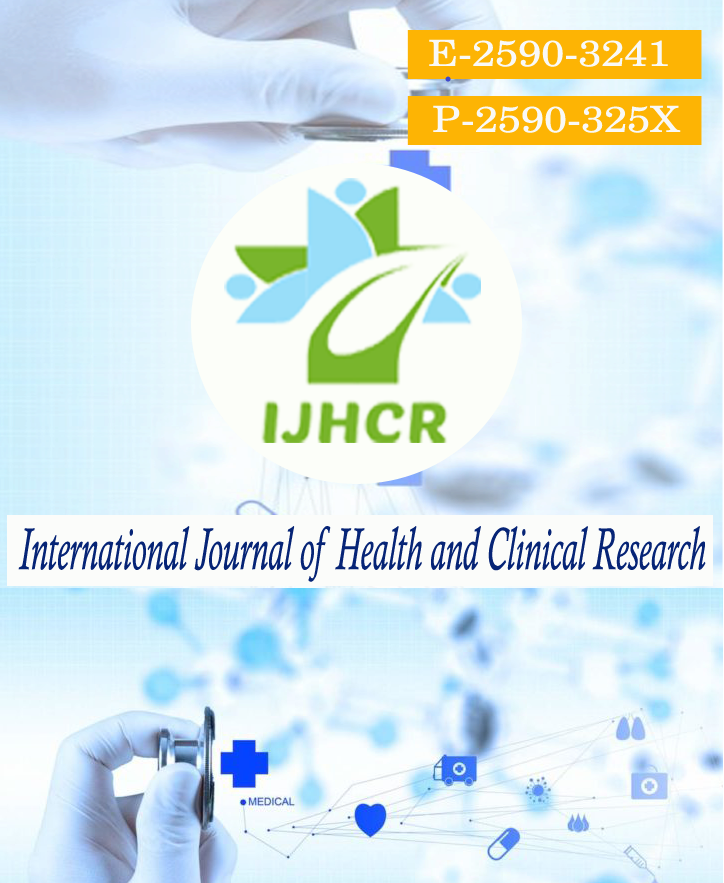A Comparative Study To Evaluate The Efficacy of Duloxetine In Different Doses For Postoperative Pain Relief In Patients Undergoing Lumbar Spine Surgery - A Randomised Double Blind Controlled Study
Keywords:
Duloxetine, postoperative pain, spine surgeryAbstract
Introduction: For an early postoperative recovery it is essential to achieve adequate postoperative pain management. So the primary aim of postoperative pain management is to provide adequate pain relief with minimum medication and reduce the risk of Chronic Post Surgical Pain (CPSP). In spinal decompression surgery surgical tissue injury to soft tissues and bony structures results in nociceptive pain, in addition to neuropathic pain resulting from manipulation of neurological tissue. Duloxetine (SSNRI) was introduced in the field of pain management as an adjuvant, pertaining to its antinociceptive effect and ability to modulate pain pathways as it could interfere with chronic post surgical pain occurrence. Duloxetine may play an uncharacterized role in reducing acute postoperative pain as well as reducing dose of analgesic consumption. Materials and Methods: 120 patients of ASA grade 1 and 2 were randomized into 3 groups as Group I (placebo, n=40), Group II (Duloxetine 40 mg, n=40), Group III (Duloxetine 60 mg, n=40). The patients received placebo or the study drug 1 hr before and 24 hr after surgery. DemoFigic data, vital signs, postoperative pain scores (NRS) and any side effects were recorded. Results: Time for first rescue analgesia was significantly longer in group III as compared to group I and II. Duloxetine 60 mg provided equivocal analgesia (similar NRS score) as compared to Duloxetine 40 mg and placebo. Conclusion: Our data suggest that time for first rescue analgesia was longer in Duloxetine 60 mg in comparison to Duloxetine 40 mg and in Duloxetine 40 mg in comparison to placebo for providing post operative analgesia.
Downloads
Published
How to Cite
Issue
Section
License
Copyright (c) 2021 Preeti Sahu, Jitendra Agrawal, Sourabh Shrivastava, Dilip Kothari

This work is licensed under a Creative Commons Attribution 4.0 International License.






 All articles published in International Journal of Health and Clinical Research are licensed under a
All articles published in International Journal of Health and Clinical Research are licensed under a 